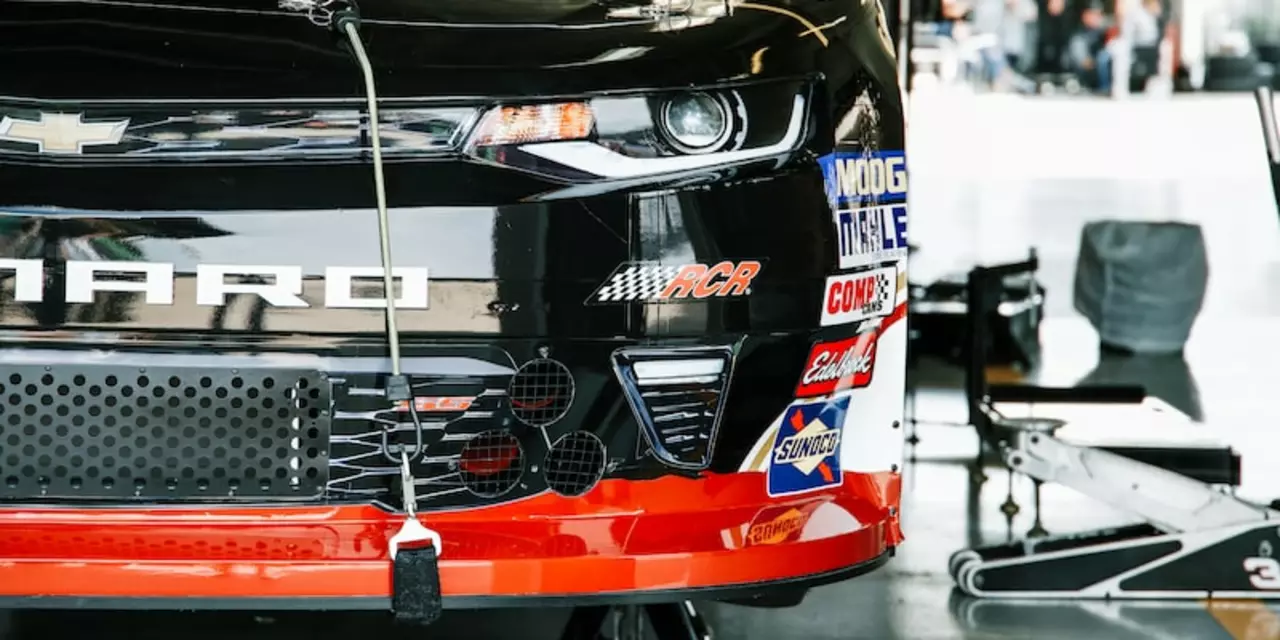Stages of Motorsport: Your Roadmap from Rookie to Racer
Thinking about getting into motorsport? You’re not the first, but the journey can feel confusing. The good news is that the path breaks down into clear stages. Each stage builds on the one before, so you know exactly what to learn, practice, and achieve before moving on.
Stage 1: Getting Started – Learn the Basics
At this point you’re mostly a fan with a curious spark. Start by watching races, reading race reports, and joining online forums. Pick a discipline – car racing, MotoGP, rally, or karting – and stick to it for a while. Grab a beginner’s guide or a short course on vehicle dynamics; knowing how grip, braking, and cornering work saves you months of trial‑and‑error on the track.
Hands‑on experience is crucial. Many clubs offer “track days” where you can drive a rental car or bike under supervision. Treat these sessions like a lab: ask questions, note how the car reacts, and focus on consistency rather than speed. By the end of Stage 1 you should be comfortable with basic controls and have a solid safety mindset.
Stage 2: Climbing the Ladder – Local Races to National Series
Now you’ve got the basics down, it’s time to race. Start with local club events or junior championships. These races are cheaper, have friendly competition, and give you a taste of real race pressure. Focus on racecraft – overtaking, defending, and managing tire wear – instead of winning every time.
While you’re racing, work on a fitness plan that matches the demands of your discipline. A fit body translates to faster lap times and fewer mistakes. Also, begin networking with team owners, engineers, and sponsors. A simple “hello” after a race can open doors later.
As you rack up results, you’ll qualify for larger series. Moving up usually means more powerful cars, stricter regulations, and higher costs. That’s why securing a sponsor or a part‑time job in the pits can keep your budget in check. By the time you reach a national series, you should have a clear understanding of your strengths and the areas that need polishing.
Beyond the track, keep learning. Read about telemetry, race strategy, and vehicle setup. Even a basic knowledge of data analysis can give you an edge when talking to engineers. The more you speak their language, the more they’ll trust your feedback.
Finally, remember that each stage isn’t a straight line. You’ll often loop back – revisiting fitness, tweaking your setup, or even taking a step down to a different series to gain experience. That back‑and‑forth is normal and part of the growth process.
Whether you aim for a professional seat, want to be a skilled hobbyist, or just love the thrill of speed, understanding these stages keeps you on track. Start small, stay consistent, and let each stage shape the racer you want to become.

Why did NASCAR put stages in its racing?
NASCAR implemented stages in its racing to create more excitement and competition in the race. The three segments (stages) give drivers and teams more to fight for and a chance to adjust strategies. Each stage has points awarded to the top 10 drivers, and the winner of the race gets the most points. The stages also help create a better fan experience by creating more excitement throughout the race. Additionally, the stages provide a more equitable playing field for drivers and teams by creating more opportunities for drivers to secure points. Finally, stages help create an opportunity for teams to showcase their sponsors and gain more exposure.
© 2025. All rights reserved.